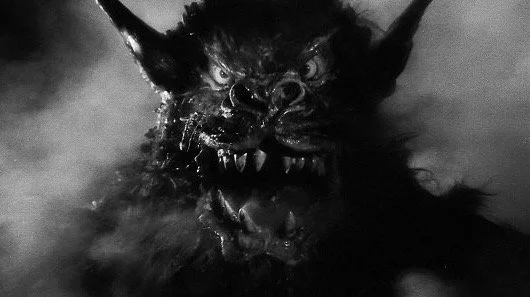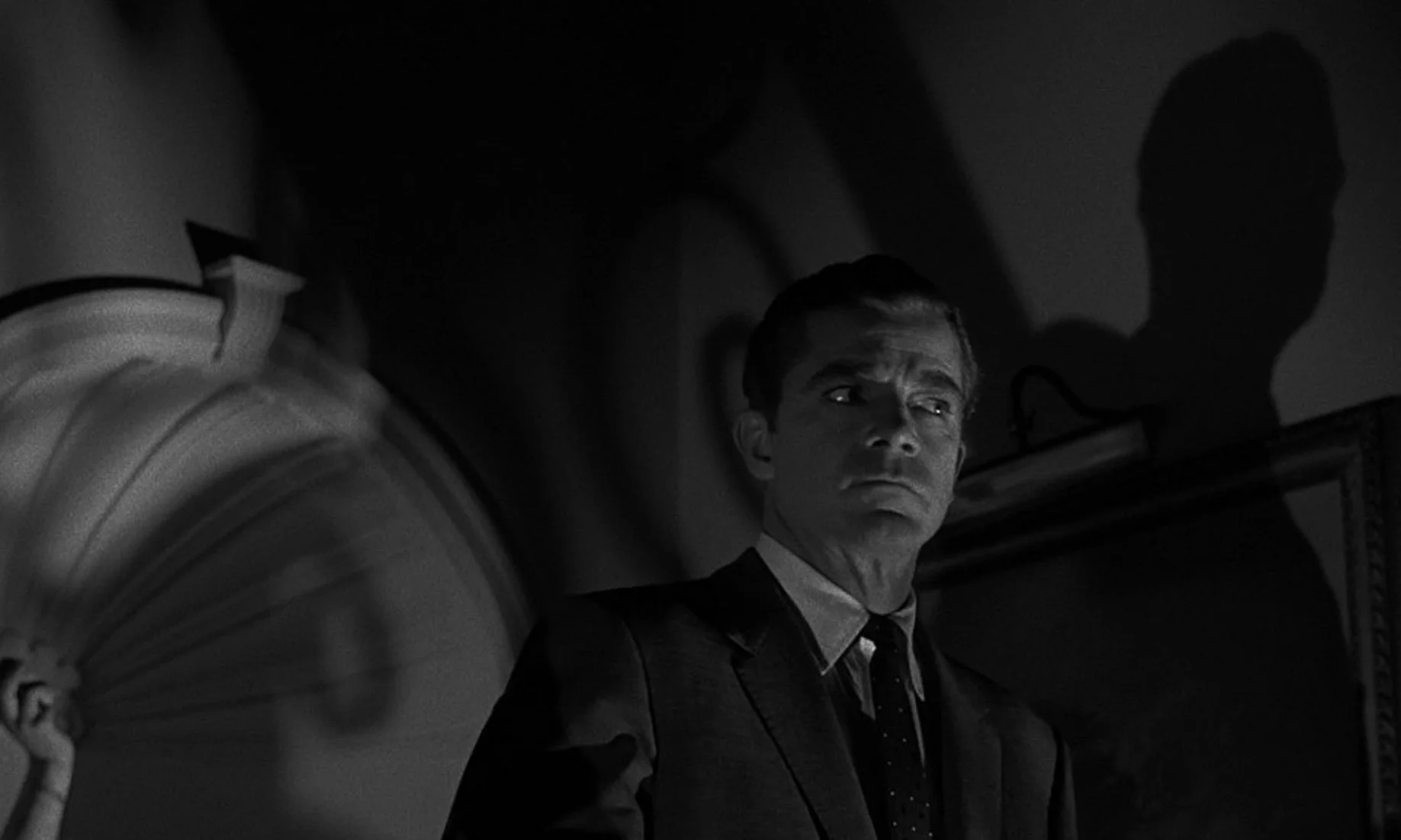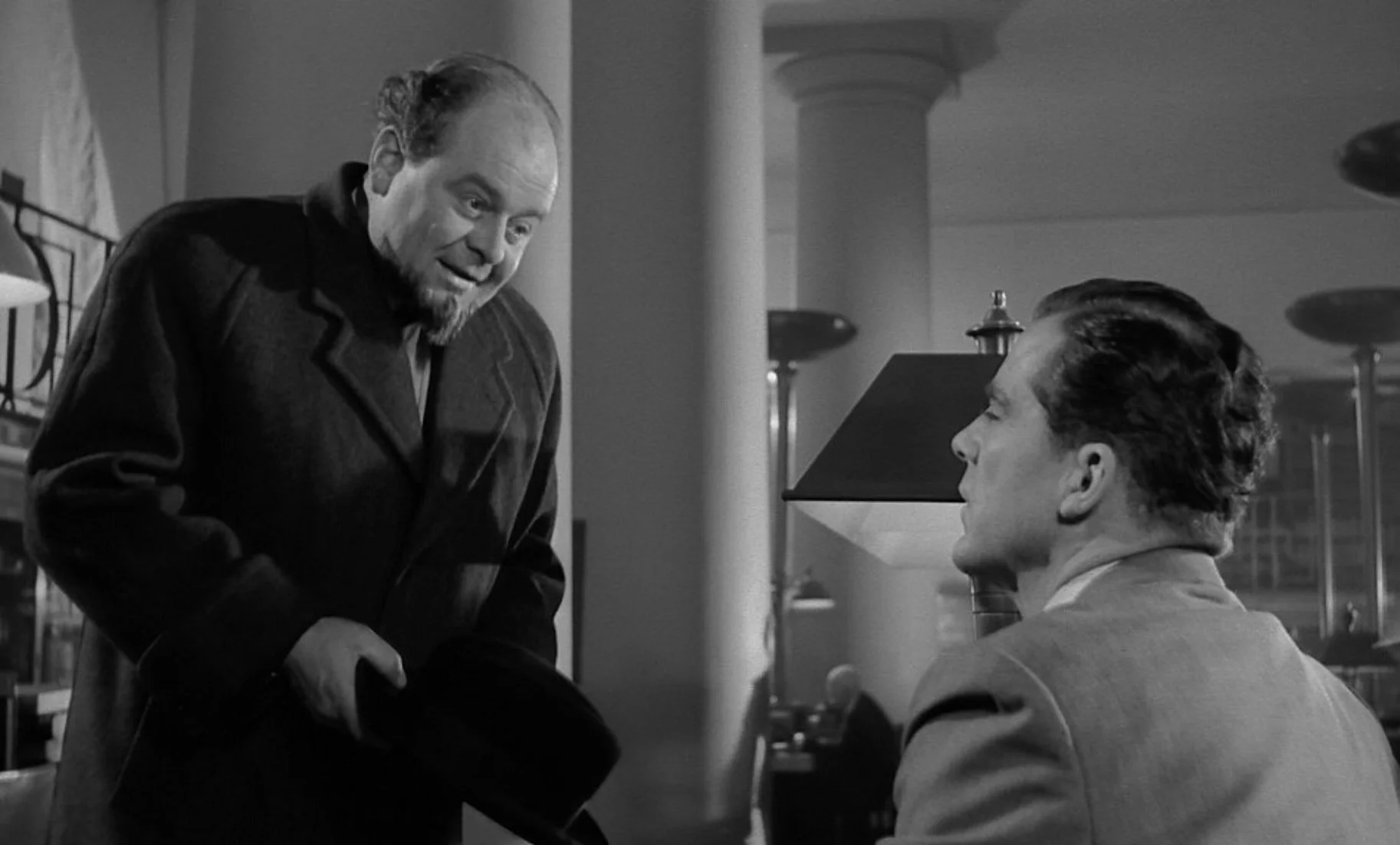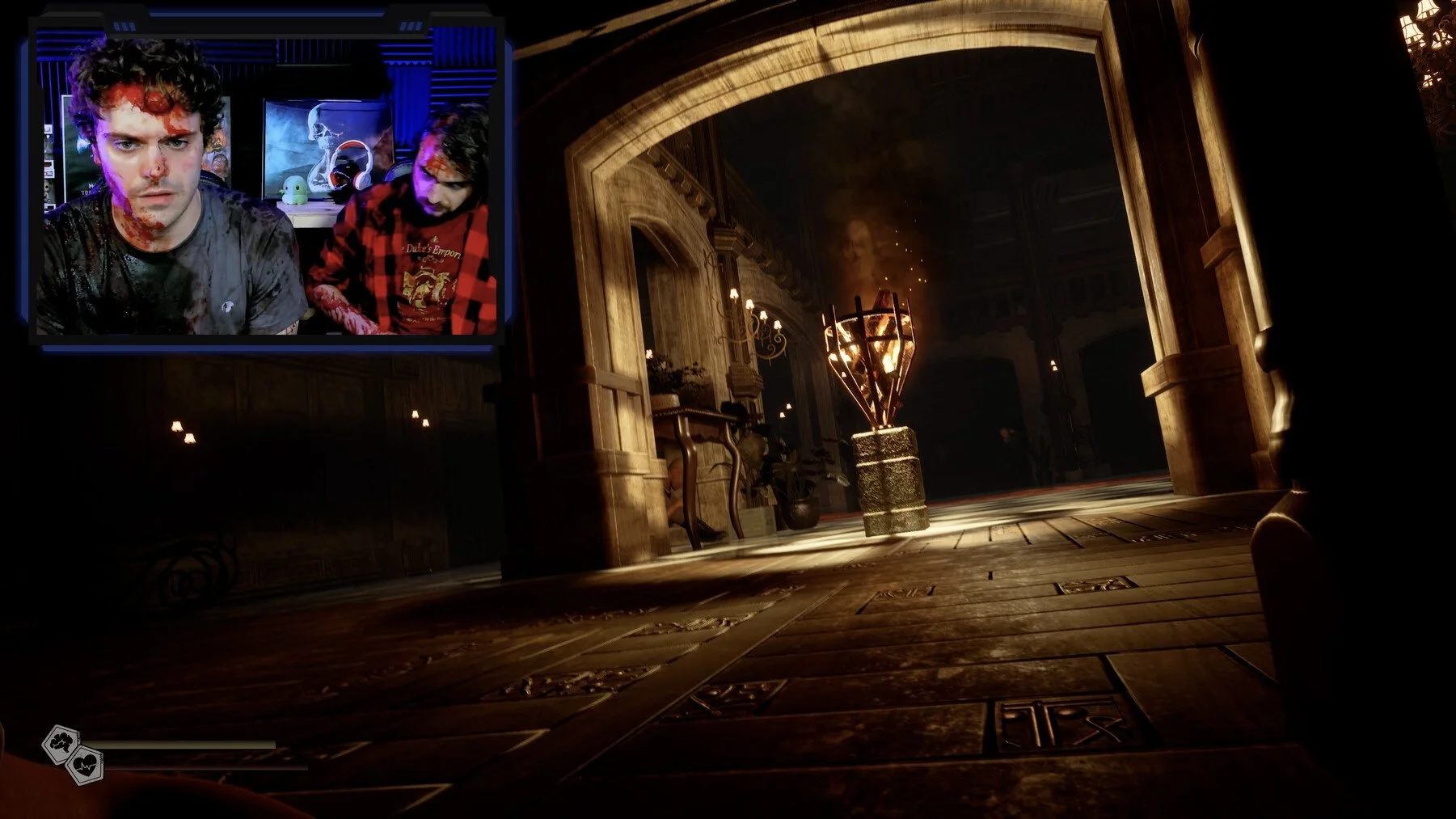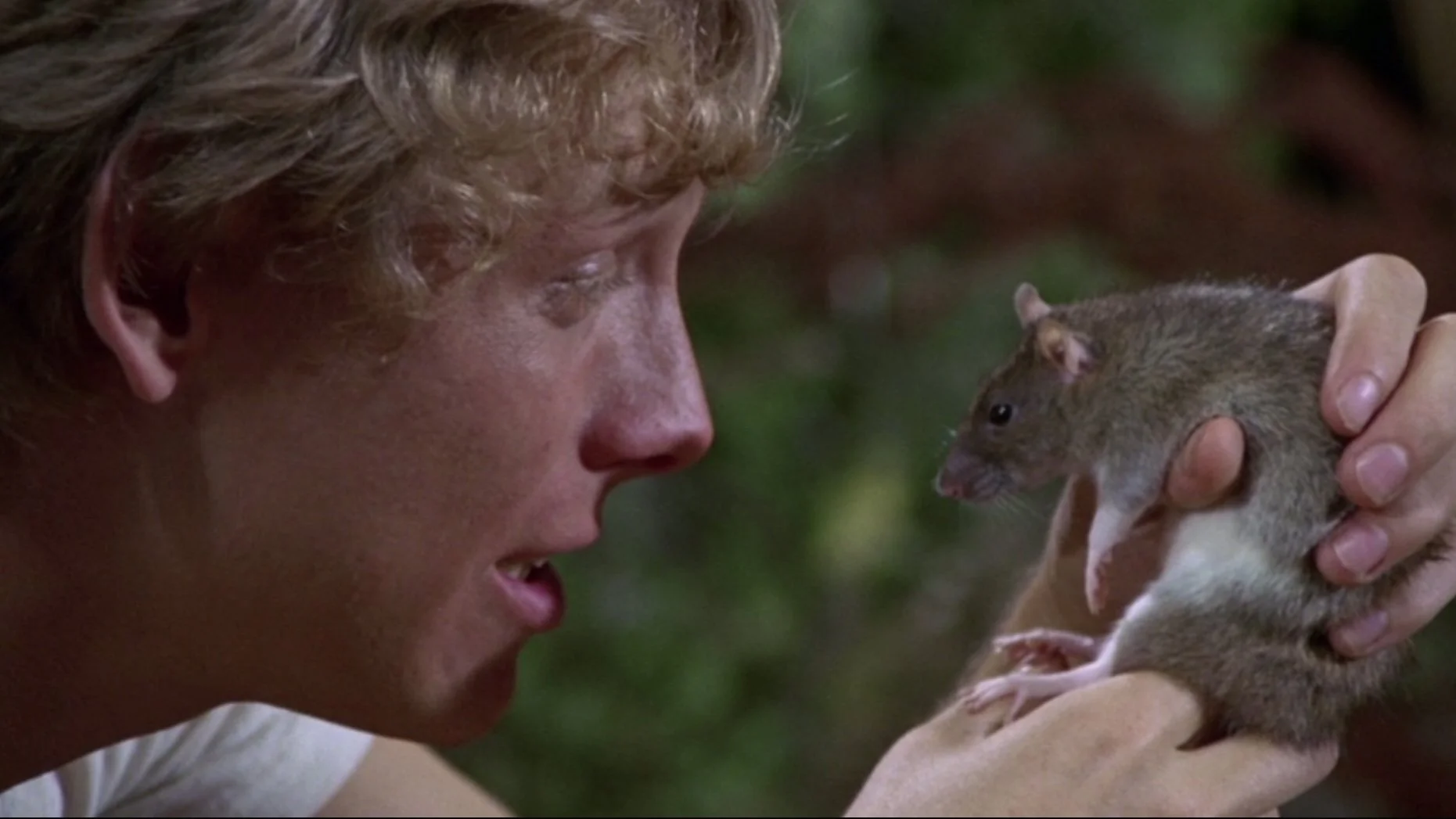Danse Macabre #17: Film Review — "Curse of the Demon" (1957)
In 1981, Stephen King published Danse Macabre, a work of non-fiction wherein the author acts as a tour guide through the history of horror. He addresses the social issues and political conflicts that have influenced creators over the years, and the ways creators have influenced each other.
King closes out the volume by recommending 96 films and 113 books released during the 1950-1980 period that he feels have significantly contributed to modern genre fiction. With this Fearsome Queer column, I’ll be making my way through those titles in no particular order.
It’s pretty apropos that I would watch a movie about Devil-worship right now, as my fondness for Satanism grows stronger every day… To be clear, my Satanic tendencies are more so aligned with those of The Satanic Temple than the Church of Satan founded by Anton LaVey in the ’60s. The two are decidedly different organizations, and neither are truly represented by the demonism depicted here, and yet consuming this classic British horror picture at this moment in my life feels divinely ordained (metaphorically speaking).
Like some of the other UK titles covered in this column, Stephen King lists the US import title from his youth in Appendix I of Danse Macabre, even though the film is better known by some as Night of the Demon, its original British title. Supposedly, the studio changed Night to Curse because they didn’t want to risk audiences confusing it with The Night of the Iguana—a Tennessee Williams drama that bears no resemblance whatsoever to this story. And to confuse things even further, there is more than one version of this film! There’s the 82-minute cut that was released in American theaters in the mid-50s, and there’s the original 96-minute cut that was released on home video in the US in the late-80s. Given that timeline, I presume that King is recommending the 82-minute runtime, so that’s the one I watched.
Curse of the Demon was a production fraught with creative clashes. The most well-known instance of behind-the-scenes artistic differences concerned exactly when and how to reveal the titular demon. Director Jacques Tourneur did not want to show the demon until the end, if at all, and producer Hal E. Chester wanted audiences to see the thing straight away. Chester clearly won, because we see the reptilian beast in the first few minutes as it takes someone’s life. And I’ve gotta say… although I would typically agree with a creative decision like Tourneur’s—to let the viewer’s imagination run wild—I’m actually on Chester’s side here… I think we need that taste of demonic fury to kick things off and make the audience hungry for more. Plus, ambiguity can sometimes lead viewers astray.
Knowing that the demon is real from the jump adds texture to the performances, particularly that of the scene-stealing Niall MacGinnis, who plays the villainous Julian Karswell. Even though Dana Andrews is as reliable a leading man as ever here, anytime MacGinnis is on screen, it’s like no one else matters. He plays Karswell so deftly. He could’ve portrayed the the demon-loving occultist as a mustache-twirling knave, but instead we get an affable, urbane gentleman, which presents a funny dichotomy when put next to Andrews’ character. Andrews plays a psychologist named John Holden, the sour and somewhat covetous protagonist of the story. A lot of the time, Karswell is actually more likable than the hero! And that makes him scarier, doesn’t it?
Jacques Tourneur knew exactly what he was doing, even if he didn’t win every battle he fought. He wisely brings along his signiture RKO Studios sensibilities to Curse of the Demon. In lieu of bloodshed and gore, he resurrects the ambiance of unease that he brought to Cat People in 1942. And, visually speaking, he once again utilizes high-contrast black and white photography to strike a mood of apprehension, much like he did with Out of the Past, one of my all-time favorite noirs. It’s too bad that Tourneur put up with so much bullshit throughout the making of this film—and I wonder what his unfettered version would’ve looked like—but he still managed to churn out another absolute banger anyway.
Not only does Stephen King recommend this film, but so does Martin Scorsese! I have a feeling that Scorsese recommends the original British cut, though. As stated above, I watched the shorter American version because I suspect that’s the one King is referring to in Danse Macabre. So, obviously, I’ll definitely have to revisit this film at some point in the future—by watching the superior (so I’m told) uncut version.
